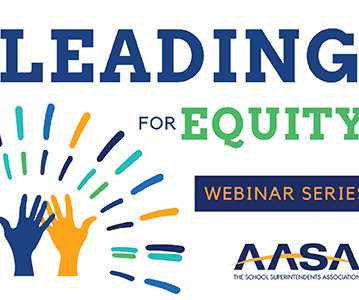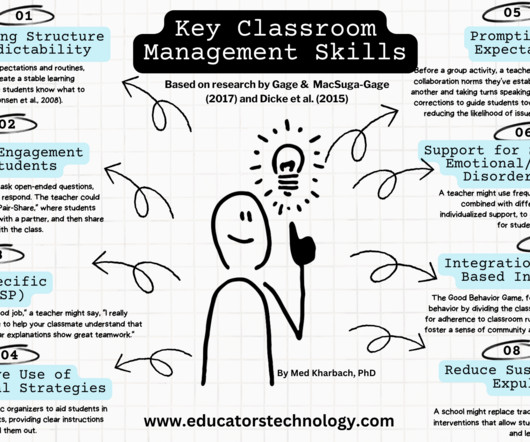Seeing the Pandemic as an Opportunity for Change
edWeb.net
JANUARY 12, 2021
Before joining the faculty at UCLA he served as a tenured professor and holder of endowed chairs at New York University (2004–2015), Harvard University (2000–2003), and the University of California, Berkeley (1990–2000). Noguera was recently appointed to serve as a special advisor to the governor of New Mexico on education policy.















Let's personalize your content